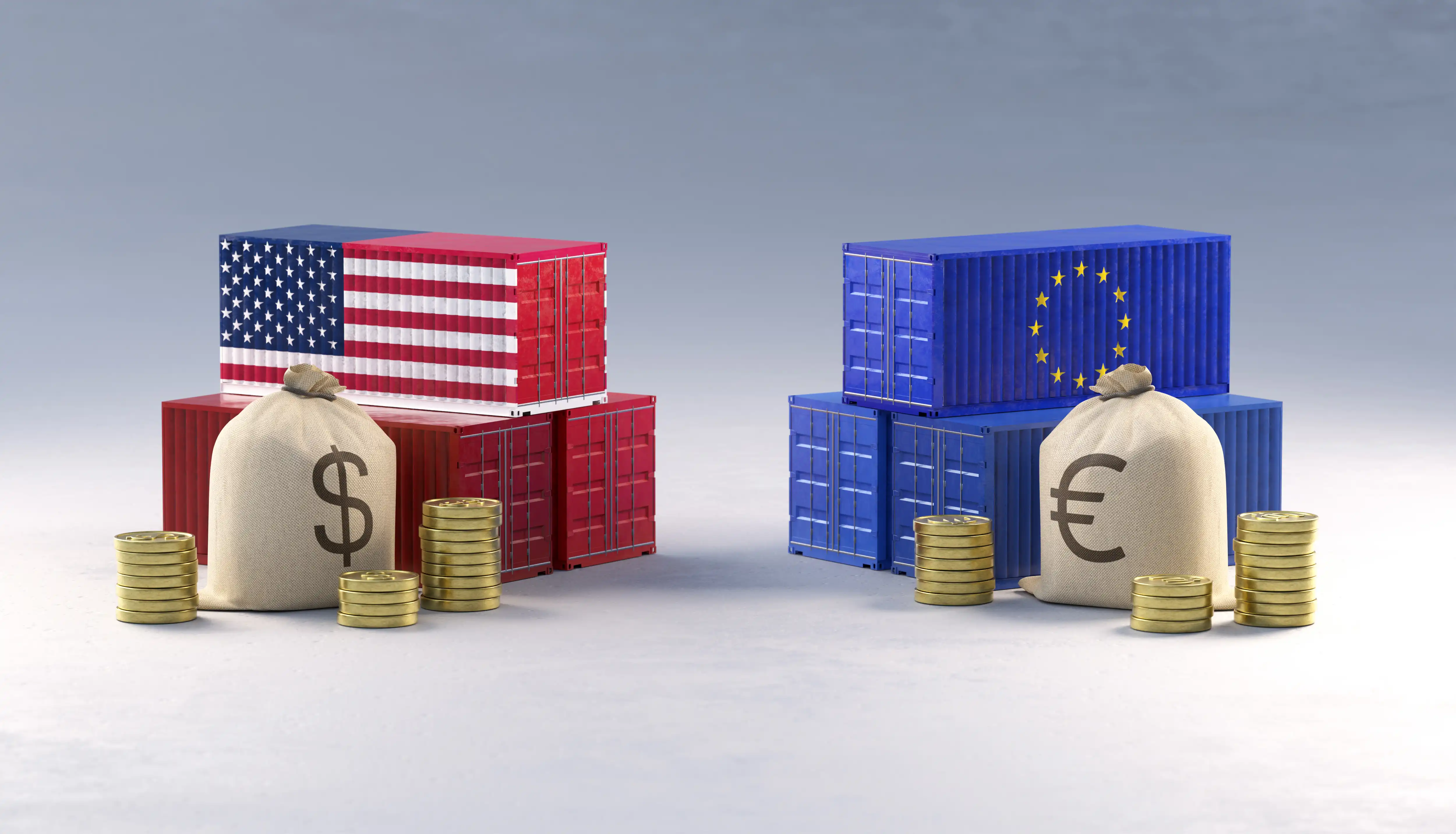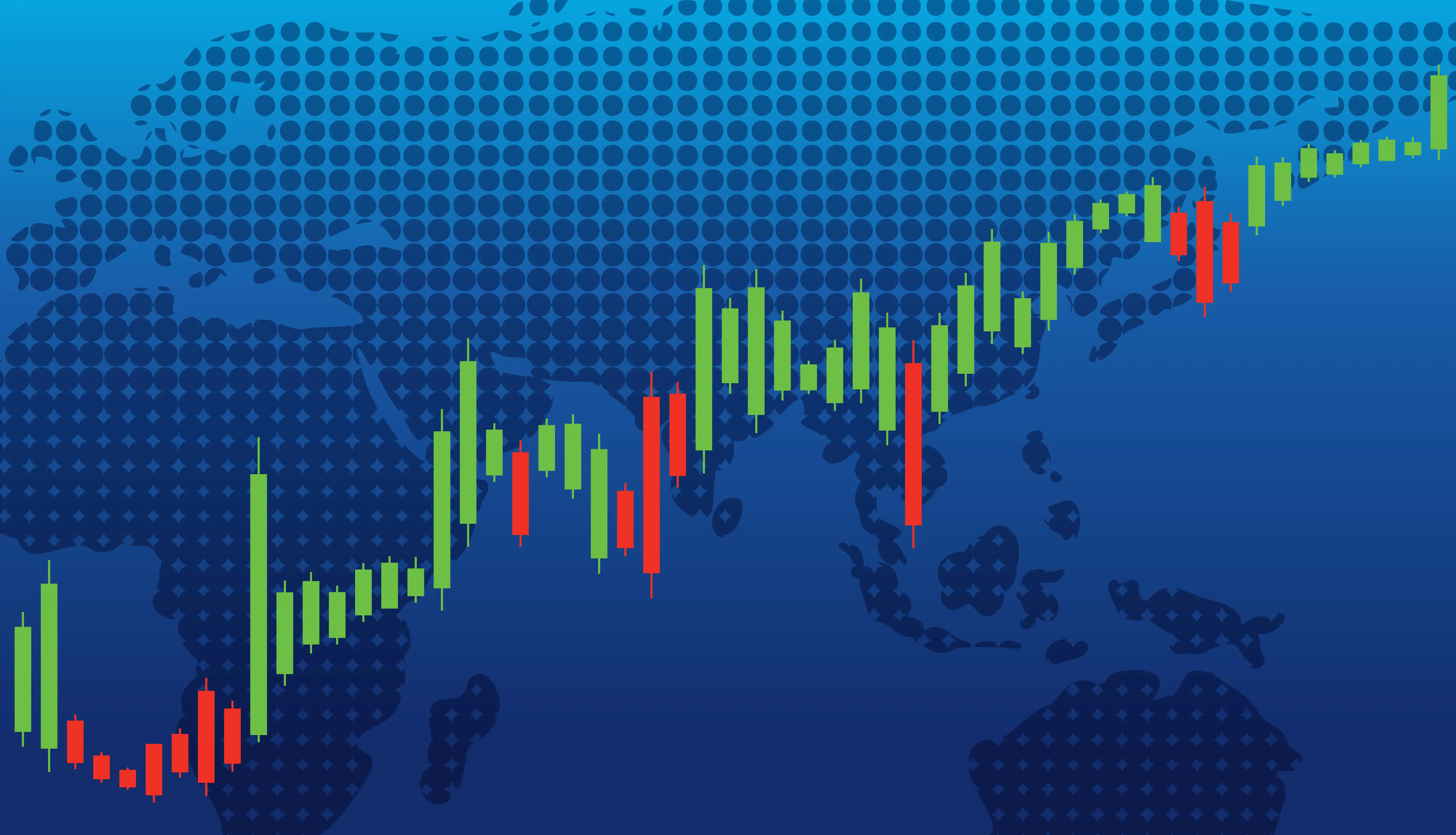Pound/Euro (GBP/EUR) moving in the range of €1.19 to €1.17
Pound/US Dollar (GBP/USD) trading down at $1.30
Pound/Australian Dollar (GBP/AUD) holding steady at AU$1.17
The Pound got off to a solid start in 2020 with currency markets relieved that the uncertainty surrounding Brexit seemed to be drawing to a close as the UK finally entered a transition period for leaving the EU.
Many people were wondering whether the Bank of England would cut interest rates at the end of January, but in the event the policymakers on Threadneedle Street decided to keep them steady at 0.7%.
This gave Sterling a bit of a boost against other currencies, as it seemed to be an affirmation the Bank had confidence that the UK economy was doing well.
But any sense of euphoria wasn’t to last, with UK Prime Minister Boris Johnson rattling markets as he threw down the gauntlet to EU negotiators, indicating that he was not prepared to compromise in the upcoming talks on an EU/UK trade deal.
This tough talk spooked Pound investors, causing Sterling to drop around 1% against most of the major currencies at the start of February.
CORONAVIRUS FEARS DRIVE FLIGHT TO US DOLLAR SAFETY
Elsewhere, currency markets have been unnerved by fears of the deadly new flu virus centred on China, with concern over the likely effects it will have on global trade and economic growth.
As is usually the case when a serious unquantifiable risk emerges, it is the safe-harbour currencies like the US Dollar that benefit, with investors pumping their money into USD.
As a result of this, the Pound was put on the back foot against the US Dollar, even though the Pound is something of a lesser safe haven currency too.
Staying in North America, the Pound strengthened against the oil-sensitive Canadian Dollar, with GBP/CAD rising to CA$1.72 as coronavirus fears dampened the oil price and weakened the so-called ‘Loonie’.
AUSTRALIAN DOLLAR SLUMPS AS FEARS SPREAD
On the other side of the scale, the Australian Dollar – and by extension the New Zealand Dollar as well – has been undermined by fears of the virus spreading.
The reason for this is that China is Australia’s biggest trading partner, so the fortunes of the two countries are closely tied together.
As a result we have seen GBP/AUD manage to hold onto its position of strength despite the general Pound weakness sparked off by Boris Johnson’s comments on EU trade negotiations.
If there is news of the virus being contained over the next few weeks, we are likely to see GBP/AUD slump back again.
EURO BATTLES BREXIT TURBULENCE AND WEAK GROWTH
As the world’s second strongest currency, the Euro has seen a general weakening as its main rival, the US Dollar, has gained in strength.
The Pound was able to take advantage of this over much of January, rising to a high of €1.19 towards the end of the month before being placed on the defensive again and slipping to €1.17.
Quite apart from the strength of the US Dollar, the Euro is having to contend with poor manufacturing and growth data from across the Eurozone, with the well-respected Markit manufacturing figures revealing an ongoing contraction for manufacturers across the bloc during January.
But GBP/EUR traders were not really focusing on the data, instead they were listening out for any signs that trade negotiations between the UK and the EU were not likely to go well.
Ultimately, this lack of confidence is what caused the Pound to slip against the Euro in the first few days of February.
COMING UP IN FEBRUARY
Whether the Pound continues to weaken, or whether it regains its recent good run remains to be seen, but these are some of the key events that could influence Sterling exchange rates over the coming month.
5TH FEB (GBP/EUR)
UK and Eurozone service industry data. Important as the service sector is all-important to both economies. Positive Eurozone data likely to dent GBP/EUR
6TH FEB (GBP/EUR)
European Central Bank (ECB) President Christine Lagarde will be giving a speech that could indicate the direction the bank will take over the next few months. If she sounds upbeat traders will likely buy into the Euro, causing GBP/EUR to drop.
11TH FEB (GBP)
UK growth and industrial rates for Q4 and December published. This is always closely watched by markets for signs of strength or weakness. Current forecast are for 0.0% growth.
14TH FEB (GBP/EUR)
Eurozone GDP growth figures. Also expected to be anaemic.
20TH FEB (GBP)
UK retail sales figures. Will there be a reversal in the ongoing decline in spending? If there is we can expect to see GBP rally.
27TH FEB (GBP/USD)
US GDP growth figures. Current expectations are for 2.2% in Q4 but any miss could give GBP/USD a boost.
Important Disclaimer: This blog is for informational purposes only and should not be considered financial advice. Currency Solutions does not take into account the investment objectives, financial situation, or specific needs of any individual readers. We do not endorse or recommend any specific financial strategies, products, or services mentioned in this content. All information is provided “as is” without any representations or warranties, express or implied, regarding its accuracy, completeness, or timeliness.




